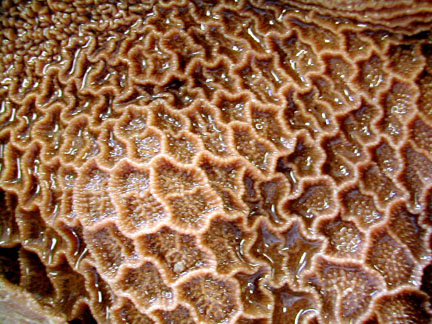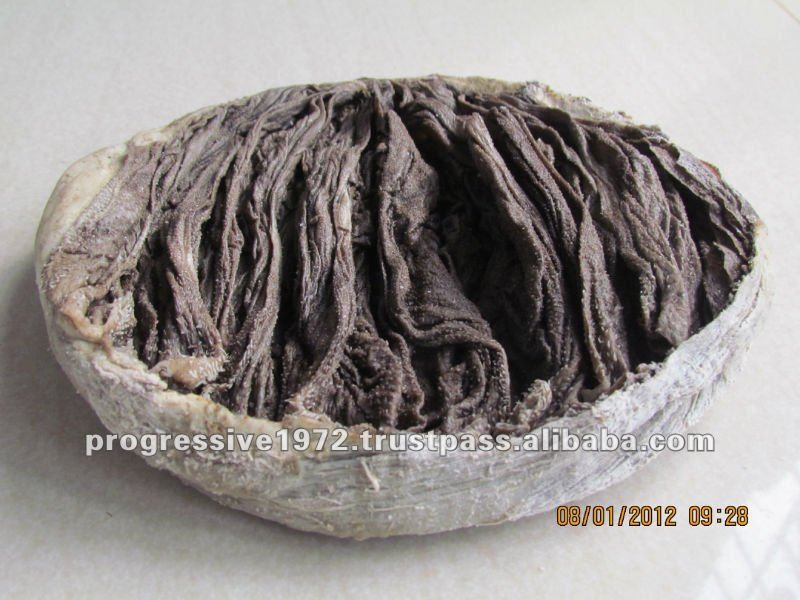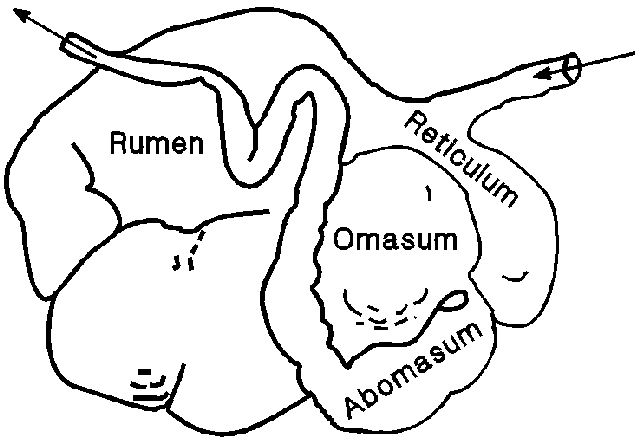Alright, so if cattle don't have four stomachs, what do they have? They have a single stomach with four compartments. These are the rumen, reticulum, omasum, and abomasum. The first three are often referred to as fore-stomachs (this might be the origin of the confusion). These are non glandular, meaning they don't secrete acid and other substances like your stomach. The abomasum is referred to as the true-stomach and is glandular.
Still with me? Right, so, if there are no secretions, what do the fore-stomachs do? They serve as the location of fermentation. They are the home of all the lovely little microbes that digest plant matter.
The rumen is the largest portion.It is fully lined with papillae that absorb nutrients produced from microbial digestion of feed. Mostly volatile fatty acids (VFAs) are absorbed here. The rumen is subdived into several sections called sacs, and I could spend this whole post on just the rumen and how it functions. But lets save that for another day.
| Rumen papillae (from Colorado State's fabulous webpage) |
The reticulum is contiguous with the rumen. Visually the way you tell the difference is that the papillae in the retuculum are in a cool honeycomb pattern. I was so surprised the first time I saw a reticulum first hand and could see so easily the honeycomb I had always heard about.
 |
| Pretty awesome right? (University of Washington) |
Third on our list is the omasum. It is really neat looking, round and about the size of a basketball. No, really! When you remove the digestive tract there is this hard, round structure. Open up, it has leaves, like the pages of a book. They are attached to the outer wall and meet in the center to form a sort of channel through the structure.
 |
| Omasum half (creative commons images) |
After all this, food enters the abomasum. It works just like yours and my stomachs. Acid (HCl primarily), mucus, and enzymes are secreted to digest food particles. After that, it's onto the hindgut (intestines).
| Abomasal tissue has folds, but no papillae. (Colarodo State) |
I hope that clears things up about the number of stomachs a cow (or sheep or goat) has. Any questions? Want more information? Suggested topics for the next post? Thanks for reading!
